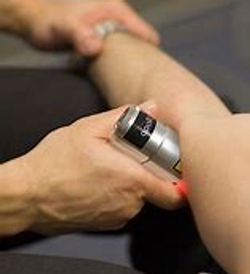Experience Personalized Chiropractic Solutions
Discover Expert Chiropractic Services That Ease
Pain and Enhance Your Quality of Life
Experience Personalized Chiropractic Solutions
Discover Expert Chiropractic Services That Ease
Pain and Enhance Your Quality of Life

